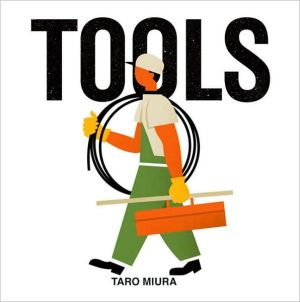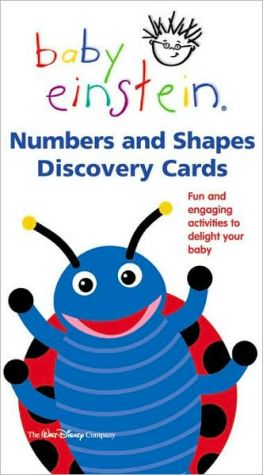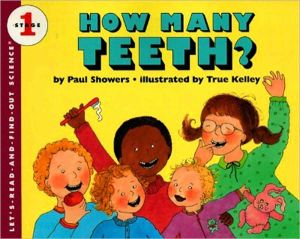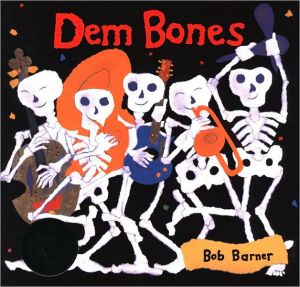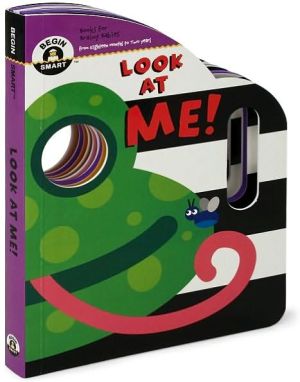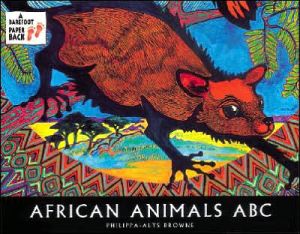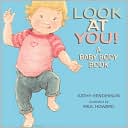Tools
Who do you think of when you see a hammer and a saw? A carpenter! What about a shovel and a watering can?\ In Taro Miura's deceptively simple book children will discover more than sixty different tools, both familiar and new. Even the youngest readers will find the striking images engaging, and older children will be fascinated by the chance to guess which profession uses each set of tools before they turn the page. A wonderful tour of a variety of jobs and the tools they use to fix, build,...
Search in google:
Who do you think of when you see a hammer and a saw? A carpenter! What about a shovel and a watering can? In Taro Miura's deceptively simple book children will discover more than sixty different tools, both familiar and new. Even the youngest readers will find the striking images engaging, and older children will be fascinated by the chance to guess which profession uses each set of tools before they turn the page. A wonderful tour of a variety of jobs and the tools they use to fix, build, and create.Children's LiteratureEach occupation uses its own special tools. For each of ten different jobs, Miura presents a collection of the particular tools used, clearly delineated and labeled, on a double-page spread. On the following spread we see the worker using the tools with the label: Carpenter, Tailor, Mechanic, Doctor, Electrician, Gardener, Chef, Watchmaker, Barber, and Painter. Both men and women perform the jobs. Some of the tools are commonly used, while others will enable even adults to add some unusual ones to their vocabulary. There is no "story," but a mischievous youngster does end the book by putting his black handprints on the painter's newly painted wall before scampering away. Adobe Illustrator and Adobe Photoshop are used to produce the pictures, clear-edged as if made from stencils or cut from paper. Those of the tools are set on backgrounds of different colors and subtle textures that seem aesthetically connected to the tools. The alternating scenes of people at work are devoid of unnecessary details, even of the faces. The white backgrounds there tend to strip all emotion from the scenes. Very heavy paper pages add a mechanical feel to the book.
\ From the Publisher" . . .a highly suitable choice for both home and school use. . . . The spare text and heavy paper are perfect for young children, though older children interested in tools will be drawn in, too." Kirkus Reviews \ "This excellent easy reader is a must for updating those well-worn titles in your collection." School Library Journal\ \ \ \ \ \ Children's Literature\ - Ken Marantz\ Each occupation uses its own special tools. For each of ten different jobs, Miura presents a collection of the particular tools used, clearly delineated and labeled, on a double-page spread. On the following spread we see the worker using the tools with the label: Carpenter, Tailor, Mechanic, Doctor, Electrician, Gardener, Chef, Watchmaker, Barber, and Painter. Both men and women perform the jobs. Some of the tools are commonly used, while others will enable even adults to add some unusual ones to their vocabulary. There is no "story," but a mischievous youngster does end the book by putting his black handprints on the painter's newly painted wall before scampering away. Adobe Illustrator and Adobe Photoshop are used to produce the pictures, clear-edged as if made from stencils or cut from paper. Those of the tools are set on backgrounds of different colors and subtle textures that seem aesthetically connected to the tools. The alternating scenes of people at work are devoid of unnecessary details, even of the faces. The white backgrounds there tend to strip all emotion from the scenes. Very heavy paper pages add a mechanical feel to the book.\ \ \ School Library JournalPreS-Gr 1-This simple, yet well-conceived concept book depicts several types of tools used in various professions, with two spreads devoted to each one. The first shows 6 to 10 clearly labeled items; the page turn reveals the name of the related occupation printed in large, bold letters on the left and a picture of someone using the tools on the right. For example, illustrations of an open-end wrench, bolt, etc., are followed by the word "Mechanic" and a picture of a man in a uniform fixing a motorcycle, all surrounded by white space. Done in Adobe Illustrator, the objects are shown to scale and with just enough detail to satisfy inquisitive young minds. This excellent easy reader is a must for updating those well-worn titles in your collection. Pair it with Lola M. Schaefer's Toolbox Twins (Holt, 2006) for a tool-themed storytime.-Martha Simpson, Stratford Library Association, CT Copyright 2006 Reed Business Information.\ \ \ \ \ Kirkus ReviewsSimplified, highly accessible images and minimal text introduce the world of tools to young readers in this clear and visually appealing identification book. Each set of tools is initially addressed in a two-page spread with each tool neatly labeled. This is followed by a page featuring the occupation of the man or woman who uses the tools, writ large, and an illustration of said tradesman in action. Carpenter, tailor, mechanic, doctor, electrician, gardener, watchmaker, chef and barber are all covered here. As a whole, this is unusually well-designed, from the graphic nature of the images to the appropriate and varying choice of font. The presentation-tools first, occupation second-easily lends itself to a question-and-answer format (What tools are these? Who uses them?) and makes this a highly suitable choice for both home and school use. The spare text and heavy paper are perfect for young children, though older children interested in tools will be drawn in, too. (Picture book. 2-6)\ \
